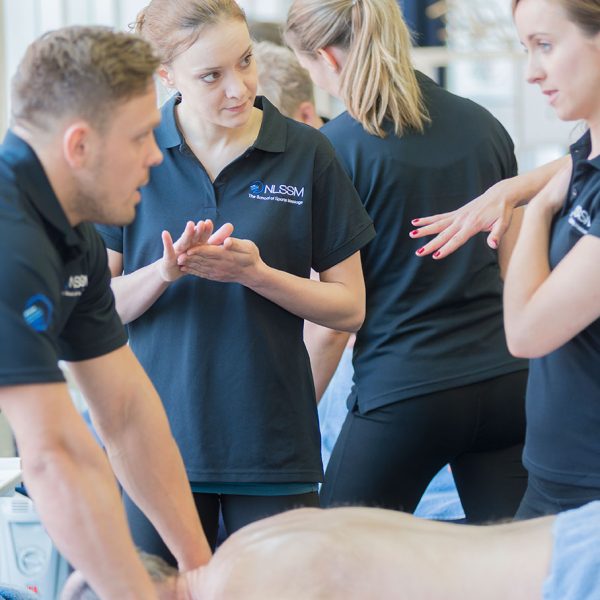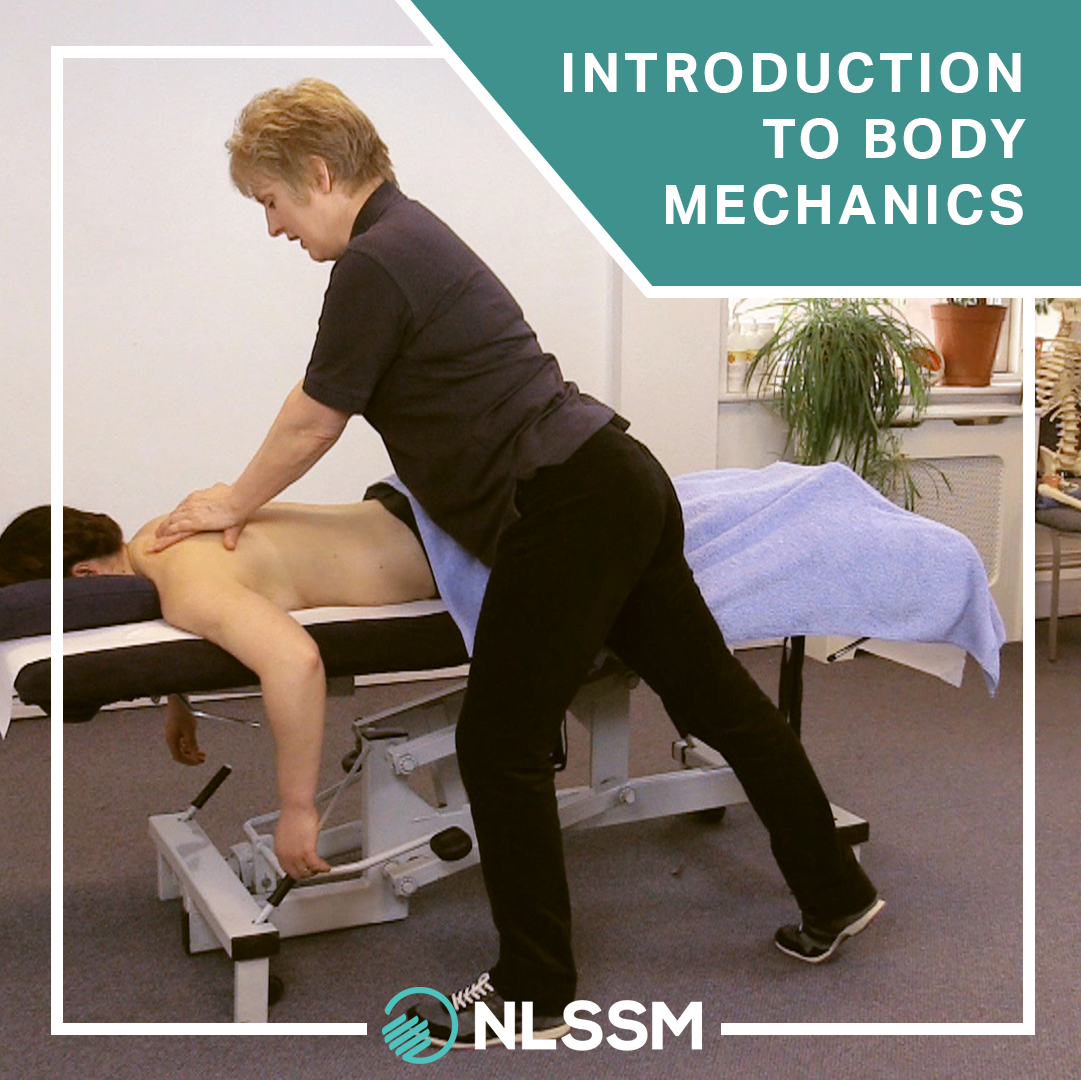In order to work as a successful massage therapist, we need to make sure we have the best foundations possible.
Our Director, Susan Findlay, has written a series on body mechanics that gives you a good idea of the main things to consider in this area, to help ensure you stay injury free whilst also meeting the needs of your clients.
Want to learn more?
Check out our one day practical Massage Refresher Workshop
Susan goes into greater depth for each these in her blogs, but here is a snapshot of the main points:
1. Massage Couch Height.
A good couch will enable you to work comfortably and effectively with your clients. The placement of the couch and what the correct height should be for you, depends on a number of factors such as;
- The Size and shape of your client
- The angle of your arm
- Your client’s position on the couch
- Your stance
Top tip to remember: It is better to have a couch that is too low than one that is too high. This is because you can always accommodate a lower heigh by widening your stance or bending your legs.
See Susan’s full blog on Massage Couch Height.
2. Working Posture
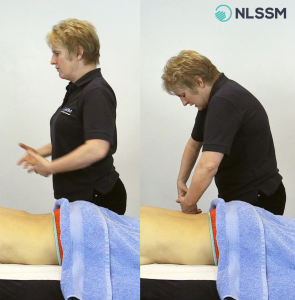 Using your body correctly whilst treating is extremely important as this can help lower the risk of injury or joint pain. There are a few principles to follow:
Using your body correctly whilst treating is extremely important as this can help lower the risk of injury or joint pain. There are a few principles to follow:
- Keep your shoulders and hips facing the direction of your stroke, and make sure your elbows stay soft. This means the movement comes from your legs and doesn’t put stress on your lower back.
- Keep your stance wide to give you a greater freedom of movement.
- Maintain long levers – Imagine a long pole that starts at the base of the feet and then moves through the hips to the top of the head. In doing this you will have the ideal posture for force, whilst also being able to bend your joints.
Get into the habit of checking your posture every 15 minutes or so whilst you work – that way it will become like second nature for you to correct yourself if needed.
See Susan’s full blog on Working Posture.
3. Alignment
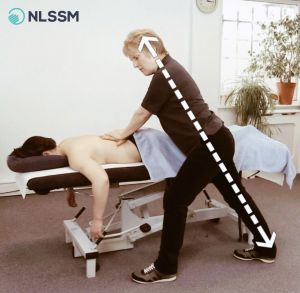 One thing that happens very commonly when therapists are just starting out their career, is that their heads are about 3 to 5 inches forward from ideal spinal alignment. This is because of the natural urge to look at what we are doing whilst treating, which makes our shoulders drop forwards.
One thing that happens very commonly when therapists are just starting out their career, is that their heads are about 3 to 5 inches forward from ideal spinal alignment. This is because of the natural urge to look at what we are doing whilst treating, which makes our shoulders drop forwards.
The truth is that massage doesn’t actually require much help from our eyes, the focus should instead be on your hands to give you accurate information about the tissue.
There are two common alignments that you can use during a massage therapy session:
1. Asymmetrical Alignment
Working asymmetrically creates a balance between your upper and lower body, and from side to side. Try to keep your eyes looking forward rather than down.
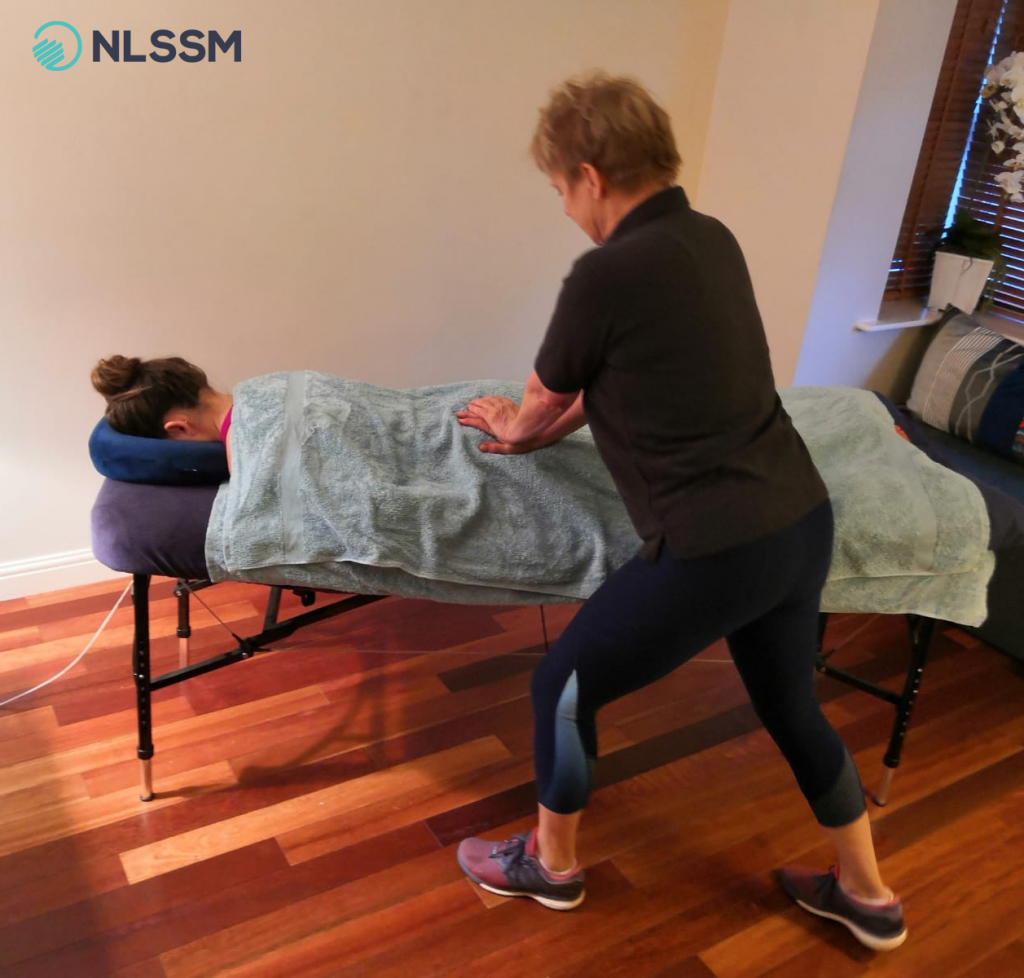
2. Symmetrical Alignment
A symmetrical stance is when both feet are placed out to either side while the hips are facing forward. This position is more useful when you are using gathering techniques such as petrissage.
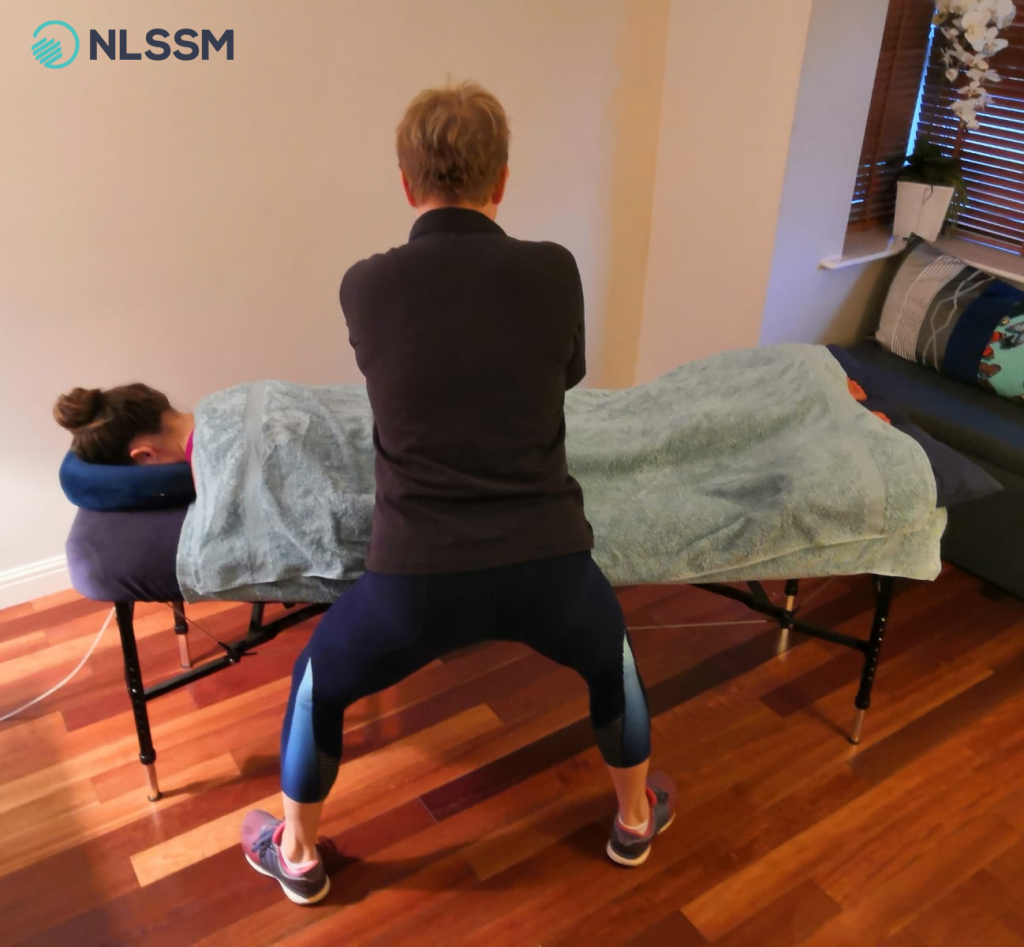
The perfect alignment won’t come naturally! Remember to check that your upper body is relaxed and that most of the movement coming from your legs.
See Susan’s full blog on Alignment.
4. Movement
The goal in massage is for us as therapists to be able to apply the appropriate broad-based compressive force to soft tissue whilst at the same time, using as little physical effort ourselves as possible.
Without the proper body mechanics or understanding of movement, at best, treating clients can become extremely tiring for us, at worse it can be injurious.
There are a few main principles to effective movement and they include:
- Ease versus effort
- Self-awareness
- Eyes forward
- Asymmetric alignment
- Symmetrical alignment
- Increasing the angle
- Unity of movement
- Equal exertion
A well-trained massage therapist should be able to effectively deliver around five to six sessions per day, five days a week without any excessive tiredness or pain. If you are finding yourself unable to keep this pace of work up, then incorrect body mechanics is most likely the reason.
See Susan’s full blog on Movement.
Are you looking for further education in this area?
We run a massage refresher workshop! It is a practical day that looks at how to maximise your touch, and deliver an amazing massage without placing any stress to your body. No more sore thumbs, wrists, shoulders or backs! Perfect if you are returning to the industry or need help addressing physical concerns.
This one day course also includes online videos and lectures to help support and review learned information.
